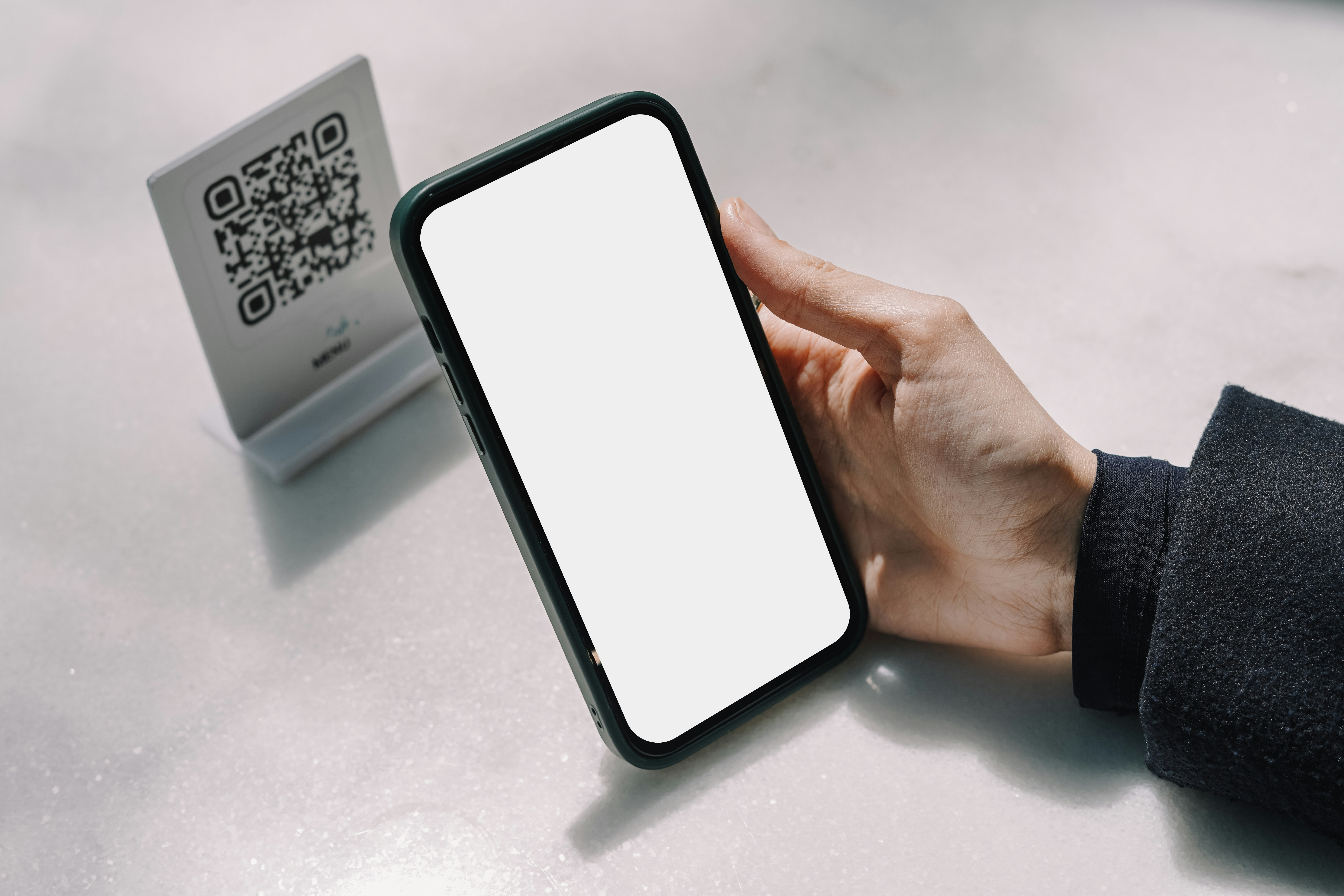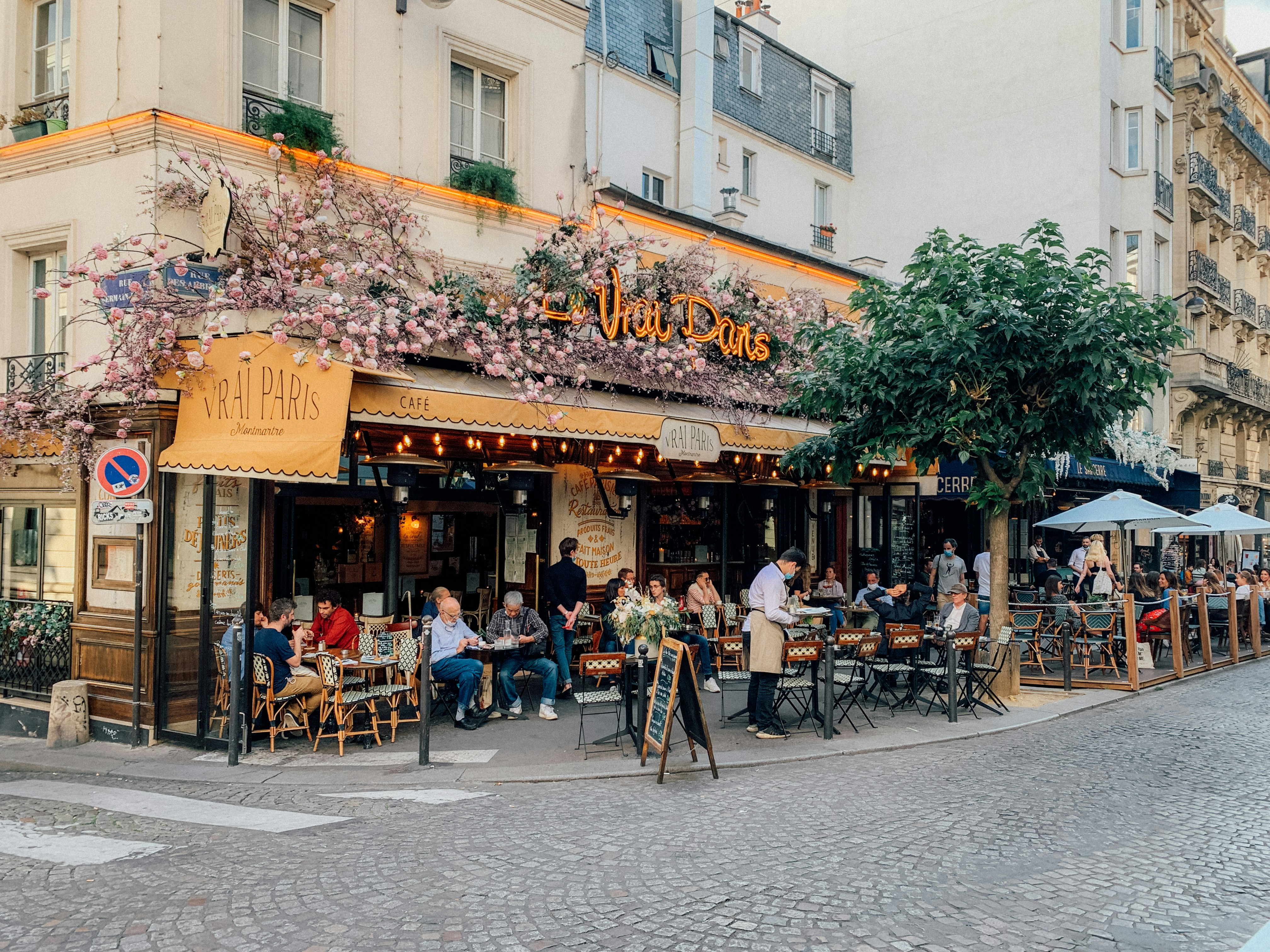QR Code Menus: Scan It or Can It

Paris is famed for the variety and quality of its restaurant scene, but the recent introduction of QR code menus during COVID-19 has raised some concern that the focus on customer service is declining. During Covid, no-contact transactions were prioritized. The infamous Pass Sanitaire, the QR code version of a vaccine card, became a necessary aspect of everyday life in France. When things slowly began to reopen, many industries followed suit, integrating QR code menus, contactless payment, and reduced face-to-face interactions. While the function of the QR code menus emerged simply as a transmission deterrent, many restaurants still opt for the online experience.

Image credit: Unsplash/Alex Harmuth
Debates have arisen about the necessity of QR codes in restaurants today, as some argue they severely impair the ambiance. They’re frustrating, inhospitable, and take away from the intimate feeling of a restaurant. Additionally, many are concerned about internet safety; that data may be collected when they open QR code menus. Directly following the pandemic, many assumed the switch would be permanent and that this development was simply an indicator of the new age of restaurants, where efficiency would be prioritized. However, in a post-Covid era, we have seen an increasing number of restaurants choose to nix their QR code menus in favor of tradition. This has caused a split where some feel this regression foregoes the valuable progress Covid introduced in making the world safer for the immunocompromised. In a CNN article discussing QR code menus, restaurant owner Scott Lawton speaks on the benefits of QR code menus, saying they allow for personal convenience in considerations such as allergies, dietary restrictions, etc. He refers to these menus as "on-demand hospitality."
In Paris, there is no distinct convention for menus as of right now. Some restaurants have chosen a classic, physical menu, while many still opt for QR codes, but can provide physical menus upon request. Kozy, a brunch spot right down the street from AUP with a line often lining the block, maintains a completely online menu and checkout process for a faster dining experience to keep up with the flow of customers. They do, however, still have well-versed servers to take your order and drop off the food. Kozy has incredible output for such a small space: providing in-house service and dining, and delivery services through platforms like Uber Eats.
While the French are mostly regarded as traditionalists when it comes to dining, Kozy's consistent popularity suggests they’re becoming more comfortable with these changes. But how does the AUP community feel about QR code menus? The reviews mostly reflect those of the general public: mixed.
AUP Junior Camilla Dalen remarks, “I think it depends on the restaurant, sometimes it makes sense, but for the most part, I enjoy the ritual of the physical menu, especially at higher-end places; I love when a lot of thought has been put in the design."
Ian Hoffman, an AUP alumni, offers similar remarks, “It’s annoying; I had a Lycamobile top-up phone plan, so it was really difficult to view them [QR codes]. I just want to view the menu.”
However, Mia Favely, an AUP sophomore, felt differently, “I like the QR codes; it makes it easier to view the menu if you want to order multiple rounds of drinks or apps. Especially if you can do self-checkout it’s just so much faster.”
Nevertheless, it would seem that QR codes are presumably on their way out. Likely, only restaurants that had QR menu concepts pre-pandemic, or restaurants that have similar business models, will continue to utilize the technology for efficiency. It is safe to assume that most everyone else will resort back to the traditional, physical menus. The QR code menu will most likely be reserved for specific niches, and the general restaurant industry will return to the physical menu.





